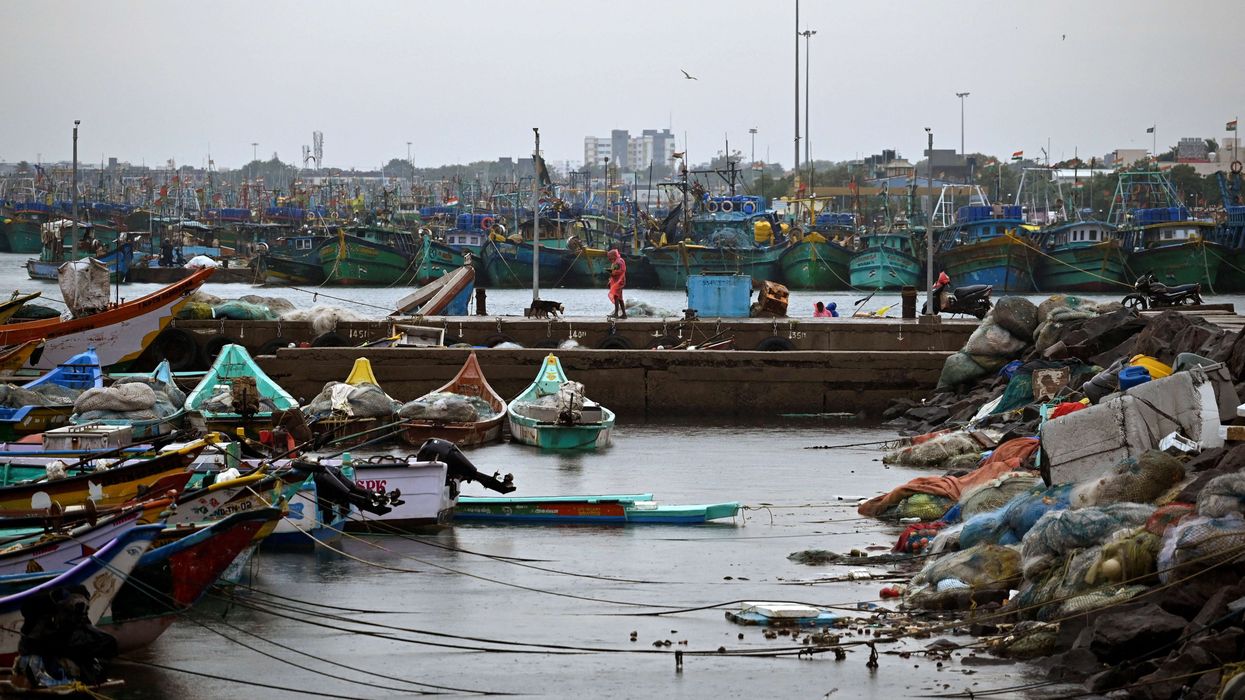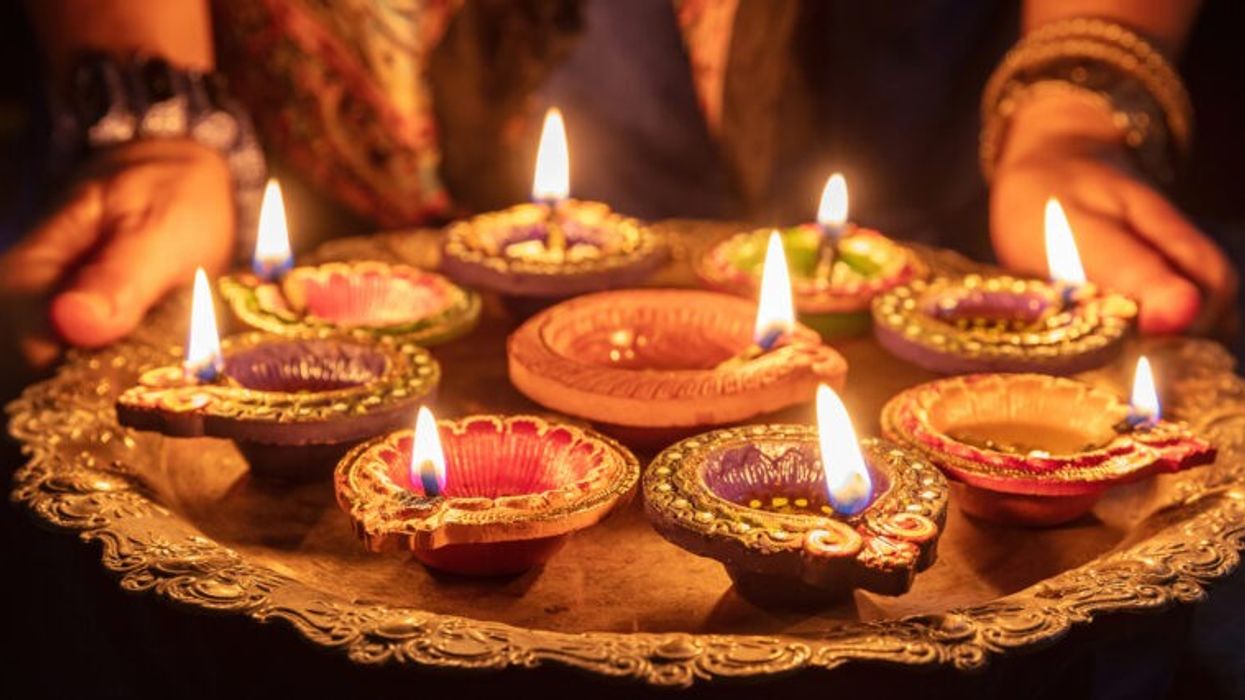HEAVY rain and strong winds battered India’s southern coast as Cyclone Montha began making landfall on Tuesday, officials said. The storm disrupted flights and caused waterlogging in several low-lying areas.
Cyclones, equivalent to hurricanes in the North Atlantic and typhoons in the northwestern Pacific, are a regular and deadly occurrence in the northern Indian Ocean.
“Latest observations indicate that the landfall process has commenced,” India’s national weather bureau said in a statement.
It said Cyclone Montha would cross the coast of the southeastern state of Andhra Pradesh over several hours as a “severe cyclonic storm”, with maximum sustained wind speeds of 90-100 kilometres (55-60 miles) per hour.
Nara Lokesh, a minister in the state government, said that about four million people may be affected.
Local media reported that heavy rain earlier in the day flooded several areas in Andhra Pradesh’s coastal districts and led to the cancellation of more than 30 flights.
Schools in several districts were ordered to close, and fishing activities were suspended until Wednesday.
The Hindu newspaper, citing preliminary state government assessments, reported “widespread crop loss and economic distress” in some paddy-growing regions.
Tens of thousands of residents were evacuated on Monday from low-lying coastal areas as the cyclone approached, local police in Andhra Pradesh said.
Authorities have set up mobile hospitals and about 2,000 relief camps, Lokesh said in a social media post.
As many as four million people across 19 districts “are in the vulnerable zone and it’s our priority to ensure minimum inconvenience to them”, he said.
Last year, Cyclone Remal killed at least 48 people in India and 17 in neighbouring Bangladesh.
While improved forecasting and evacuation planning have reduced fatalities, scientists have warned that storms are becoming stronger as the world gets warmer due to climate change.
(With inputs from agencies)












